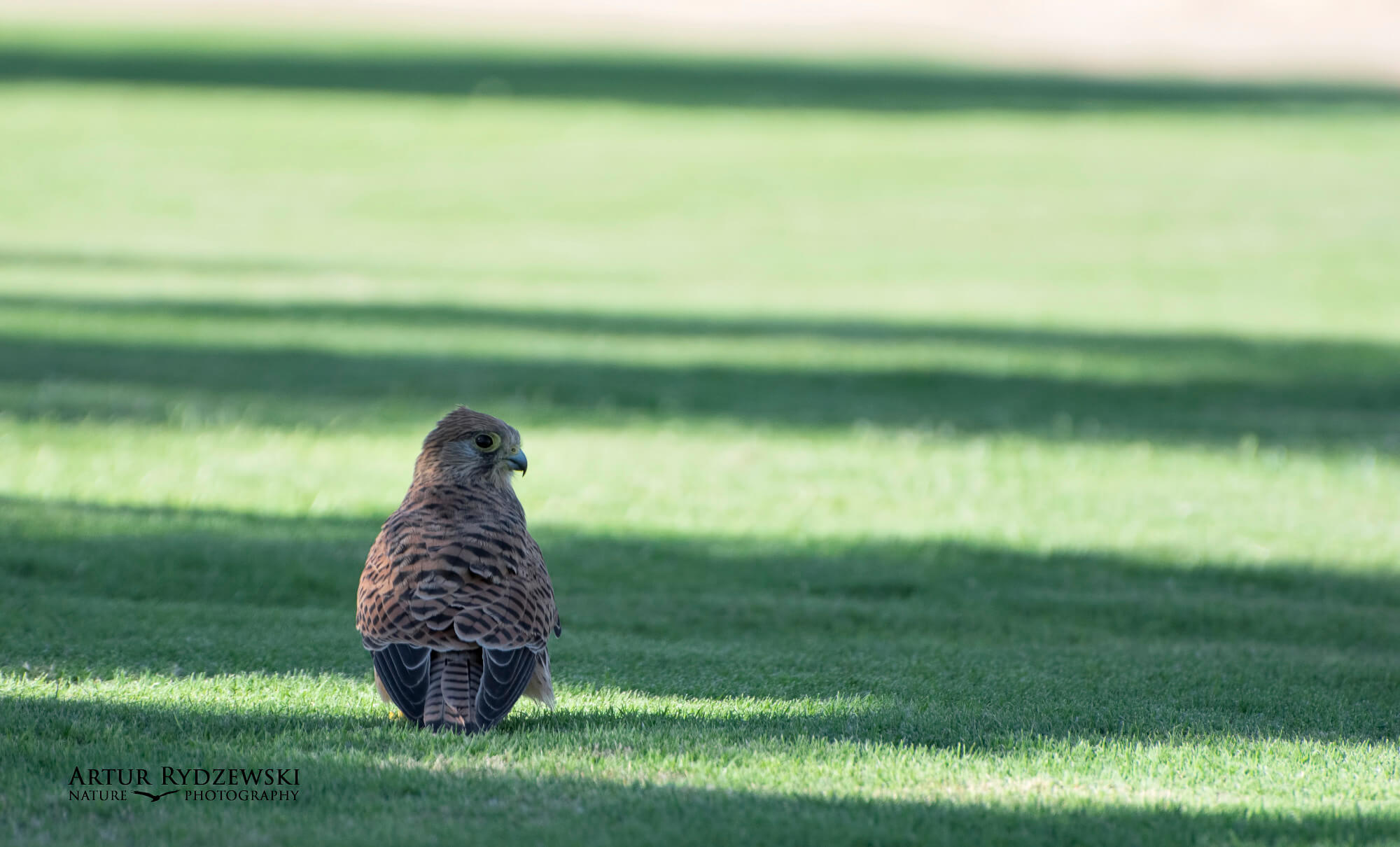COMMON KESTREL, FALCO TINNUNCULUS, PUSTUŁKA
- Aperture: ƒ/5.6
- Camera: NIKON D5200
- Focal length: 300mm
- ISO: 500
- Shutter speed: 1/1600s
[insert_php] if(function_exists(‘spr_show_rating’)){echo spr_show_rating();} [/insert_php]
If you want uncompressed TIFF file send me an e-mail. I reccommend the TIFF file for printing.
I would be grateful if you could provide me with the information about how you used my work. If possible, send me pictures of that use.
You can download all photos for free as long as you provide appropriate credit.
They are licensed under the Creative Commons License.
You can read about the details on the Creative Commons official website.
This work is licensed under a Creative Commons Attribution 4.0 International License.

The common kestrel – Falco tinnunculus is a bird of prey species belonging to the kestrel group of the falcon family Falconidae. It is also known as the European kestrel, Eurasian kestrel, or Old World kestrel. In Britain, where no other kestrel species occurs, it is generally just called “the kestrel“.
This species occurs over a large range. It is widespread in Europe, Asia, and Africa, as well as occasionally reaching the east coast of North America. But although it has colonized a few oceanic islands, vagrant individuals are generally rare; in the whole of Micronesia for example, the species was only recorded twice each on Guam and Saipan in the Marianas.
Common kestrels measure 32–39 cm (13–15 in) from head to tail, with a wingspan of 65–82 cm (26–32 in). Females are noticeably larger, with the adult male weighing 136–252 g (4.8–8.9 oz), around 155 g (5.5 oz) on average; the adult female weighs 154–314 g (5.4–11.1 oz), around 184 g (6.5 oz) on average. Like the other Falco species, they have long wings as well as a distinctive long tail.
In the cool-temperate parts of its range, the common kestrel migrates south in winter. It is a diurnal animal of the lowlands and prefers open habitat such as fields, heaths, shrubland and marshland. It does not require woodland to be present as long as there are alternative perching and nesting sites like rocks or buildings.
Source and more info: Wikipedia






Leave a Reply
Want to join the discussion?Feel free to contribute!